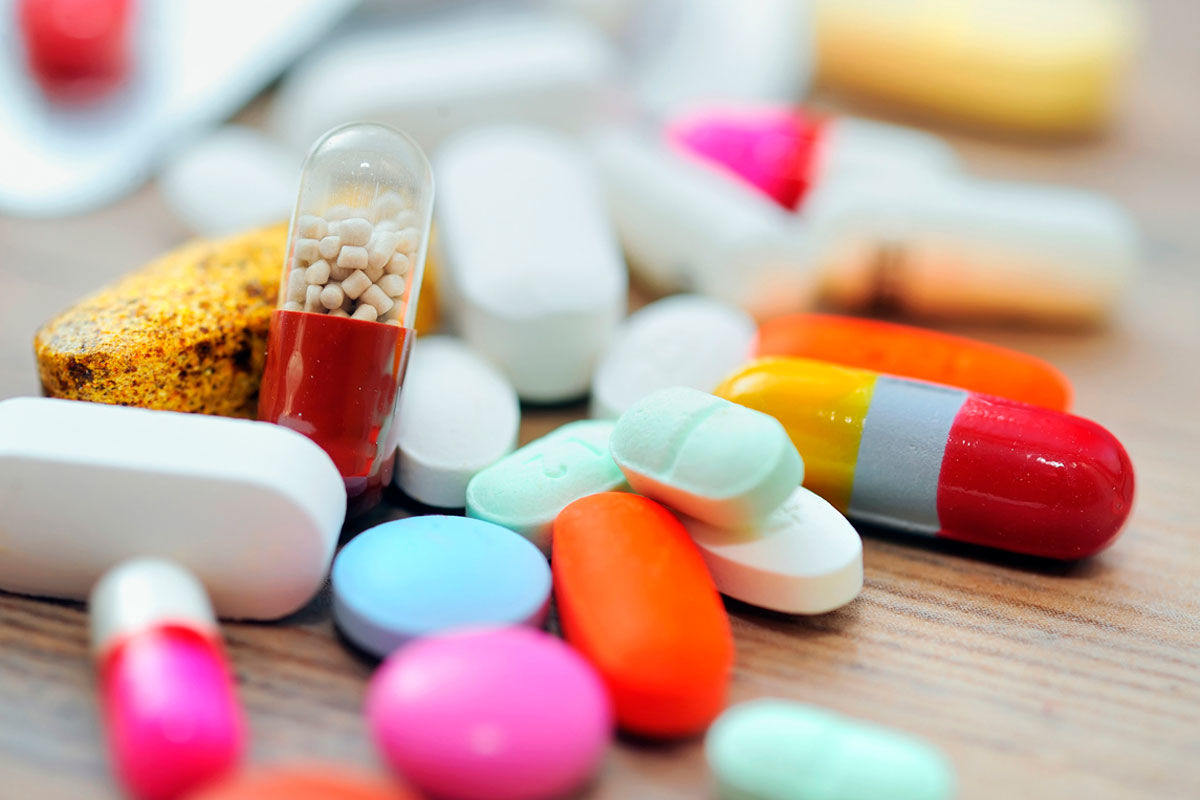Hyperlipidemia or high levels of lipids in the bloodstream has become an increasingly common health problem worldwide. Persistently elevated levels of lipids like cholesterol and triglycerides are a major risk factor for cardiovascular diseases like heart attacks and strokes. Thankfully, modern medicine has developed potent antihyperlipidemic or lipid-lowering drugs that can help lower lipid levels and reduce cardiovascular risk. In this article, we will discuss the different classes of antihyperlipidemic drugs available and their mechanisms of action.
Statins
Statins are undoubtedly the most commonly prescribed class of lipid-lowering medications. These drugs work by inhibiting HMG-CoA reductase, the enzyme involved in cholesterol synthesis in the liver. By blocking this rate-limiting step, statins significantly lower total cholesterol and LDL or “bad” cholesterol levels. Some examples of widely used statins include atorvastatin, rosuvastatin, simvastatin, lovastatin, fluvastatin and pravastatin. Clinical trials have unequivocally demonstrated the cardiovascular benefits of statins like reduced risk of heart attacks, strokes and need for procedures like coronary artery bypass grafting. Statins are generally very well-tolerated but can cause rare side effects like muscle pains.
Fibrates
Antihyperlipidemic Drugs levels are markedly elevated, fibrates can be a good option either alone or in combination with statins. Fibrates activate peroxisome proliferator-activated receptors (PPARs) which enhance fatty acid uptake and breakdown. As a result, they lower triglycerides as well as raise HDL or “good” cholesterol levels. Common fibrates prescribed include fenofibrate, bezafibrate and gemfibrozil. They have demonstrated benefits in reducing cardiovascular risk in patients with high triglycerides and low HDL cholesterol. Gastrointestinal side effects are common but serious adverse effects are unusual.
Niacin
Nicotinic acid or niacin is one of the most effective medications for raising HDL cholesterol levels when used at high doses. In addition to increasing HDL, niacin also modestly lowers LDL and triglyceride levels. However, its use has declined due to the risks of causing serious side effects like skin flushing, itching and increased risk of diabetes. Still, for certain patients who are intolerant of other options and need an HDL boost, a sustained-release form of niacin may be prescribed after carefully weighing risks versus benefits.
Bile Acid Sequestrants
Bile acid sequestrants like colesevelam, colestipol and colestipol are polymers that bind to bile acids in the gastrointestinal tract. By interrupting the enterohepatic circulation of bile salts, they enhance clearance of cholesterol from the body. As a result, they lower LDL cholesterol levels effectively. However, their use has reduced in recent years due to the more tolerable side effect profile of statins. Side effects of bile acid sequestrants include constipation and vitamin deficiency due to binding of bile acids that assist in fat-soluble vitamin absorption.
Cholesterol Absorption Inhibitors
Ezetimibe is a drug that selectively blocks cholesterol absorption in the small intestine by inhibiting the Niemann-Pick C1-Like 1(NPC1L1) protein. When used alone, it lowers LDL by approximately 18%. However, it produces maximal reductions in LDL levels when used alongside a statin, which acts through a complementary mechanism. Ezetimibe has a good safety profile with minimal adverse effects. It provides another important treatment option, especially for patients who cannot tolerate high intensity statins or need additional reductions beyond what is achieved with statins alone.
PCSK9 Inhibitors
Proprotein convertase subtilisin/kexin type 9 (PCSK9) inhibitors represent the latest breakthrough in the treatment of hyperlipidemia. PCSK9 binds to and promotes the degradation of LDL receptors in the liver, thereby impairing clearance of LDL-C from circulation. Antibodies targeting PCSK9 like evolocumab and alirocumab prevent this interaction and allow for more LDL receptors to recycle back to the hepatocyte surface – markedly lowering LDL cholesterol by 50-60%. PCSK9 inhibitors have revolutionized care for patients with very high or treatment-resistant high cholesterol and can reduce cardiovascular event rates independent of statin use. However, they are currently very expensive therapies.
LDL-Apheresis
For the rare patients with severe familial hypercholesterolemia not controlled with maximum medical treatment, LDL-apheresis may be considered. This involves removing LDL directly from the blood through an extracorporeal procedure, typically performed once every 2 weeks. By physically removing LDL particles, it very effectively lowers levels by over 60%. However, it is an invasive technique requiring hospital visits and carries risks like bleeding at the access site and infection. LDL-apheresis buys time until a liver transplant can be performed, the ultimate treatment for homozygous familial hypercholesterolemia.
Lifestyle Modifications
While medications play an important role in intensive management of Antihyperlipidemic Drugs effect, lifestyle changes remain the most effective means of prevention. Eating a diet low in saturated and trans fats, exercising regularly, maintaining a healthy weight and abstaining from smoking are key natural ways to maintain optimal cholesterol levels without drugs. A multifaceted approach combining lifestyle with antihyperlipidemic drugs tailored to an individual’s profile offers patients the best chance at keeping cardiovascular risk low over the long run.
Modern medicine offers different classes of antihyperlipidemic drugs which act through multiple mechanisms to effectively lower cholesterol and triglyceride levels. When used judiciously according to guidelines under supervision of a physician, they deliver tremendous cardiovascular benefits by reducing risk of heart attacks, strokes and premature death. Statins remain the foundational treatment, with newer agents like PCSK9 inhibitors now revolutionizing management of severe hypercholesterolemia.
*Note:
1. Source: Coherent Market Insights, Public sources, Desk research
2. We have leveraged AI tools to mine information and compile it
About Author - Vaagisha Singh
Vaagisha brings over three years of expertise as a content editor in the market research domain. Originally a creative writer, she discovered her passion for editing, combining her flair for writing with a meticulous eye for detail. Her ability to craft and refine compelling content makes her an invaluable asset in delivering polished and engaging write-ups. LinkedIn

 by
by 

